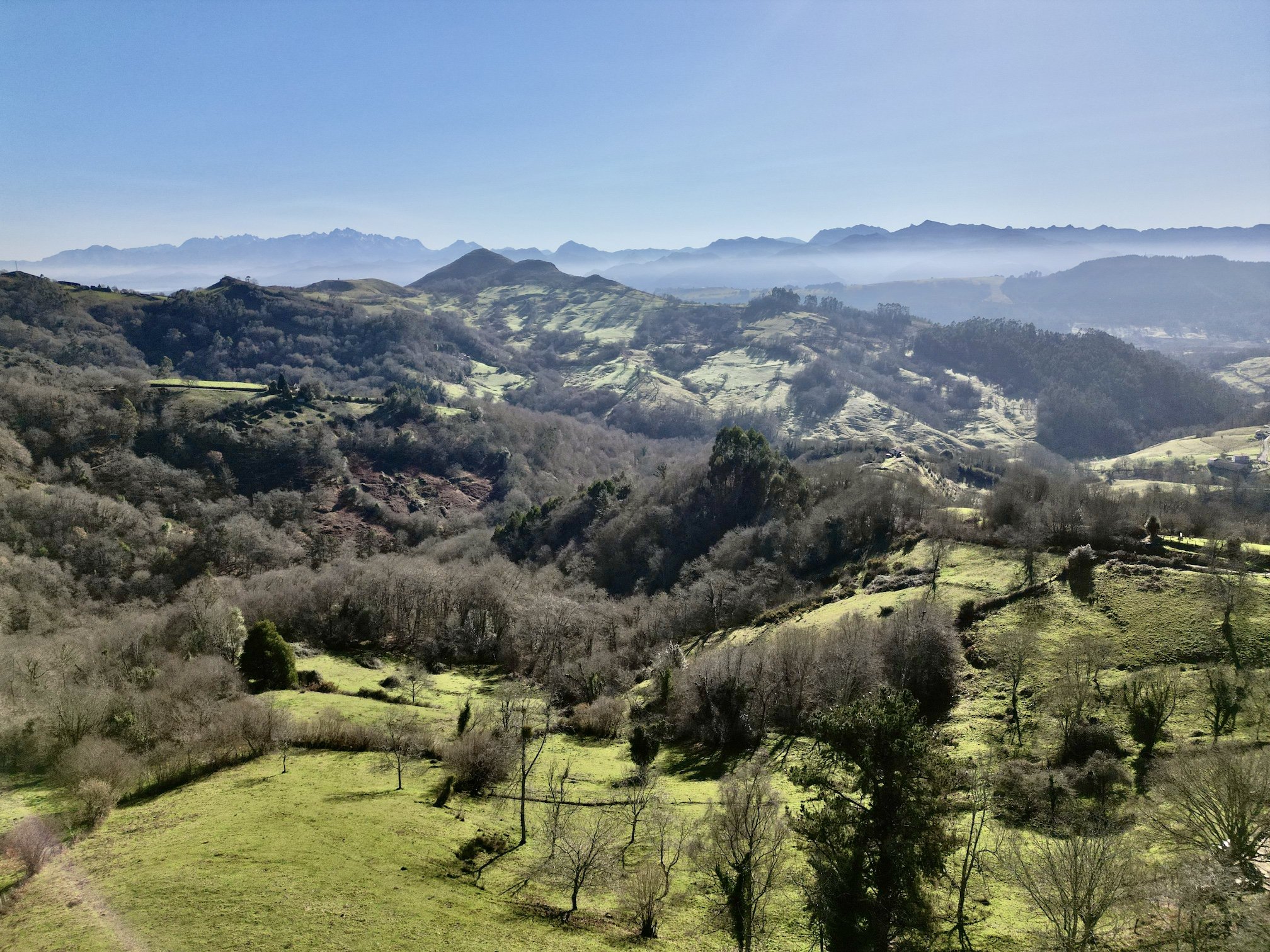“Tomorrow
we shall have to think up signs, sketch a landscape, fabricate a plan
on the double page
of day and paper.
Tomorrow, we shall have to invent,
once more,
the reality of this world.”
Octavio Paz
PLACE-LISTENING and IDEA-SEEDING RESIDENCY
How do we want to live as a multispecies collective? How do we reimagine ways we may co-habit a place that contribute to the world-of-many-worlds, making it more habitable for all life beings and re-enchanted?
In search of ‘spaces of the possible’ Foresta Collective is landing in an oasis of wilderness in northern Spain, with an intention to cultivate and slowgrow (with) a space for regenerative culture(s), multispecies gratitude and symbiotic worlding.
In autumn 2024 we would like to invite a small group of kindred thinkers and practitioners to come together, dwell and get to know each other in and with this place. An informal get-together to seed ideas for future collaboration, a collective moment of possible serendipity, creative and critical togetherness, and a beginning for a potential long-term engagement with this place.
Following our inquiry into how space becomes home we want to reflect on possibilities, sense, exchange and plan for concrete projects together for this place to become home for plants (food forest, land care practices, agriculture otherwise), animals (the wild ones already living around here, as well as the ones that will be invited to live in an animal pavilion), humans (guests as well as permanent dwellers) and other life forms. There is also a vision to make a public garden, like a parkour or a randonnée, that would involve building playful structures that invite visitors to reconnect with the natural world.
Our intention is that ideas/prototypes/projects born in this residency will find funding and energy to land and grow here in the coming years. There will also be an audio-visual documentation of the residency.
AREAS OF ATTENTION
ARCHITECTURE(S)
How can architecture support multispecies conviviality and contribute to cultivation of ecological futures? In which ways can it invite us to develop more attentive and complex attitudes toward the vegetal and animal worlds, and frame our process of becoming more sensitive to other–than–human subjectivities?
In which forms can regenerative architectures support building with the landscape, rooted in multilingual situated dialogues? Can architecture be a continuation of natural environment embraced by respectful intervention within it that takes into account needs of diverse inhabitants?
Following these inquiries we envision collaborations with spatial practitioners that will support us in constructing low-carbon built environment prioritising circular design principles, plant-based regenerative materials, adopting to the local context, and facilitating more-than-human alliances.
AGROFORESTRY
How can agricultural practices cultivate new possibilities for relating to the diverse communities of life and engage into landscape relations so that we can work as part of an ecosystem in harmony with natural processes?
In our inquiry into working toward regenerative approaches to land care, cultivating Earth-based wisdom needed for the deep restoration, fostering and caring for biodiversity, serving the needs of multispecies inhabitants, we are in continuous apprenticeship from the forests, and in this case more specifically practices of agroforestry.
We look forward to begin to practice what we are learning from these complex symbiotic systems: to slow-grow food, as well as habitats for varieties of living beings, to facilitate conditions for biodiversity, to transfer passion for nature, and engage with many other ways in which forest cultures offer frameworks that enable change.
RESIDENCIES
How can creative practices support imagining, birthing and growing futures that decolonize, rebuild and heal, as well as respond to the crises of disenchatment and loss of wonder as "injuries of modernity"? In what ways arts and other creative practices become support structures reconnected to the lived life and offer other ways to perceive the multispecies worlds, engage into affective primordial contact with them, place value and act?
Residencies will hold space for intimate encounters with natural environments, through gestures of attunement, closeness and collective work, bringing together visible and invisible, ecological and metaphysical, poetic and practical, objects of daily use and artworks of symbolic meaning.
Residencies will unfold as temporary convivial experiences breathing life into a relational space where contemporary work is made collectively, claiming freedom and openness to experiment, making room for critical thinking and sensing, embracing heterogeneity and wanting the impossible. Open to diverse creative practitioners: such as art-, craft-, food-, land- and space- practitioners, and others sharing affection for forests and engaging with more-than-humans in their practice.
WHERE WE ARE COMING FROM
While based in Berlin, for 7 years Foresta Collective understood ourselves as an urban trans-disciplinary collective working at the intersection of ecologies, arts and education, with an intention to research the multifaceted notions of the 'ecological' and reframe how we relate to multispecies communities of life. Our activities revolved around the following areas, more details to each available on this website:
*Illustration: Charlotte Peys, Violeta Lopiz *Video: Emmanuel Delaloy *Photographs: Emmanuel Delaloy, Eszter Kondor (during Dunjiva Kollektiv, Foresta Collective and Wilde Flora performative format)






